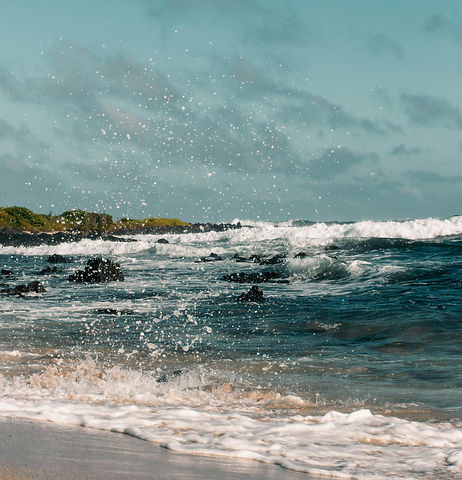Galapagos Islands
The Galapagos Islands are some of the world’s most biodiverse and well-renowned islands. Named a UNESCO World Heritage Site, the islands are about 1,000 kilometers away from mainland Ecuador in the Pacific Ocean. It includes 13 major islands and many species of animals that are only found on the Galapagos. The islands are in between 3 tectonic plates and are formed from shield volcanoes and lava piles. They formed between 5 million and 700,000 years ago.
These islands were made famous when Charles Darwin sailed there, and proved his theory of evolution by examining the Galapagos finches on the different islands and many other species. The most commonly found species are the Galapagos tortoises, marine iguanas, and flightless cormorants. The Galapagos Islands were first discovered by Tomas Berlanga, a Panamanian bishop whose ship sailed way off course when he wanted to go to Peru. He was amazed by the island’s giant tortoises, and named the islands Las Encantadas (The Enchanteds). It was later used by pirates and to hunt whales and other animals. Today, the island’s main industries are tourism, fishing, and agriculture. The Galapagos Islands are an Ecuadorian national park and a protected marine reserve for all to enjoy and experience the diverse species of the islands.

Some of the Galapagos Islands' unique flora and fauna near the water.

